Breathing better, data and IA against pollution
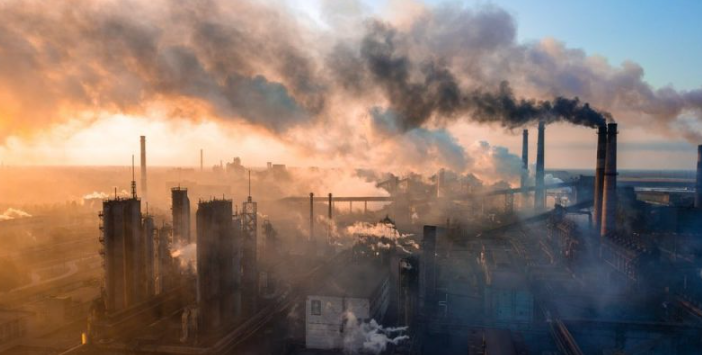
Hey, curious geniuses! Remember that summer in the northeastern United States when the sky looked like a cocktail of wildfire smoke with a hint of orange? Yes, that was more shocking than if heaven had decided to go to a theme party! It turns out that that smoke and other ‘baddies’ in the air come with tiny particles, like those fine particles (PM 2.5), which are smaller than a human hair. Yes, those little particles are like bullies at the clean air party and affect our health!
Now, imagine this: you and I and everyone in the neighborhood are air quality detectives, but with a magical twist, we use data from how we move and travel and artificial intelligence, which is like that trusted companion you always gives you the best advice. Together, we are putting together a puzzle of how air pollution affects our lives and, most importantly, how we can improve it. Ah, yes! We checked out eight major places in America (yes, those big cities with bright lights and busy streets) to see how they’re breathing. We used data from the Environmental Protection Agency (EPA) and those low-cost sensors that some local communities took out for the ride. The objective? Finding how many of those PM 2.5 particles are in the air every hour, basically, we play air quality detective to discover the secrets of those particles.


But here comes the even greater magic: we use a super model that goes to work like a chef inventing a new recipe. This model dove in data like distance to streets, vegetation, elevation, and even how the weather is doing, but wait, the fun is just beginning! Instead of following boring rules, this model uses something called “machine learning,” which is like the model is a smart puppy that learns new tricks all the time. Ah! And let’s not forget the mobility data from cell phones, which are like little spies that count where we are going. Imagine this: your phone is telling you “hey dude, be careful, there’s some unhealthy air in that corner.” It’s like advice from a technological best friend!
And what happened? Ta-da! Our super research team improved the accuracy of these models by 17.5%. In short, we have taken a giant step towards cleaner and healthier air! It’s like we’re training the air to do yoga and breathe easy! So the next time you see wildfire smoke pirouetting across the sky, you know we’re in action, fighting for fresher air and healthier living! Until next time, air detectives!
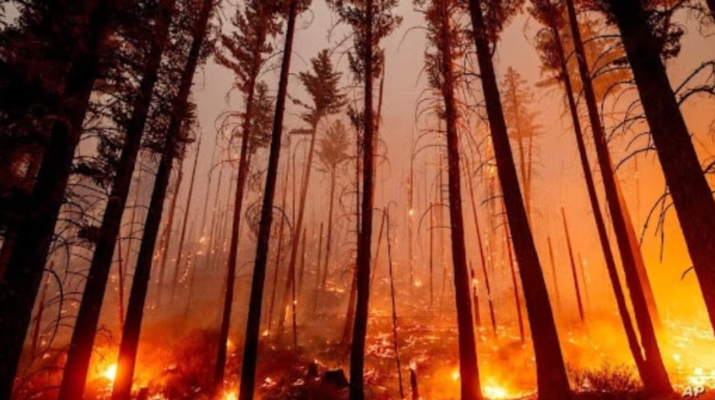
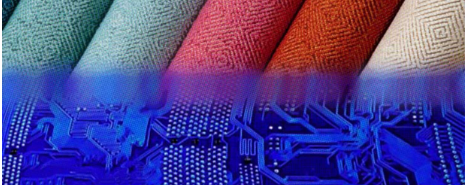

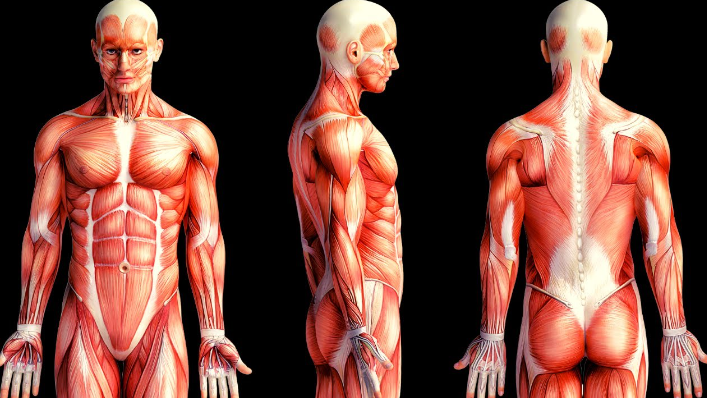
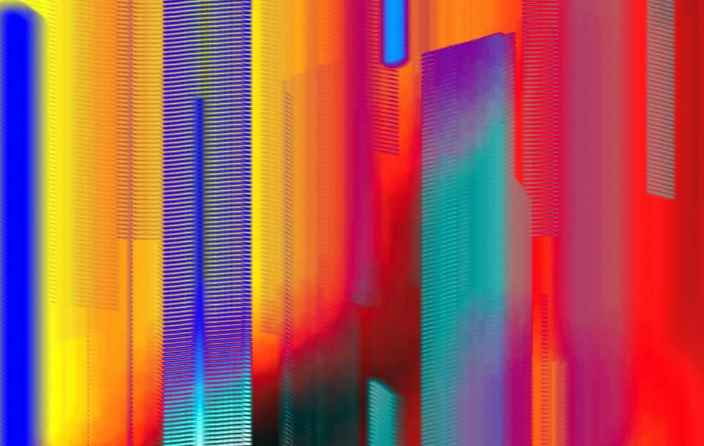
Responses